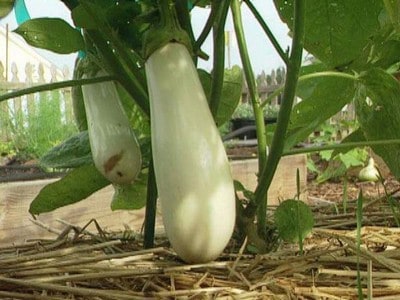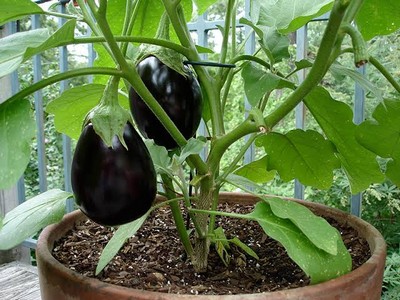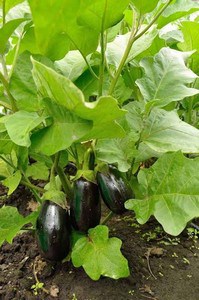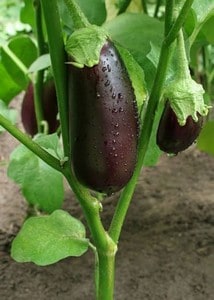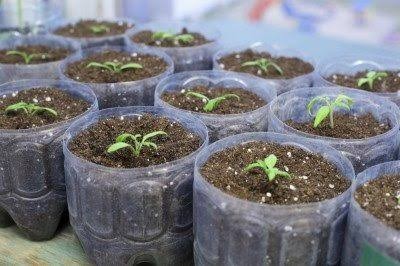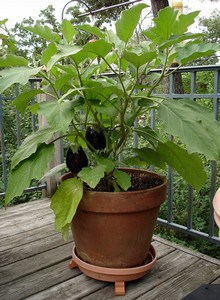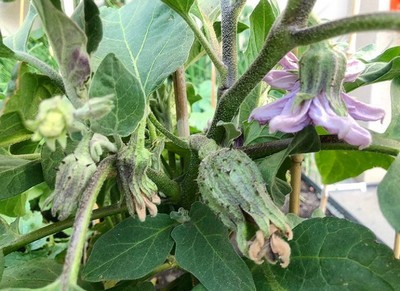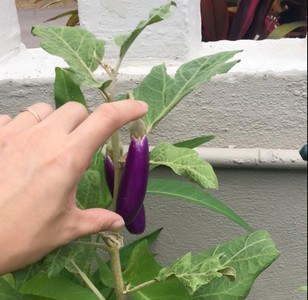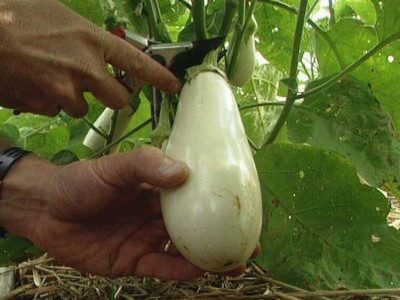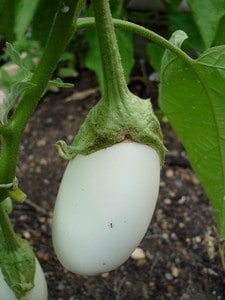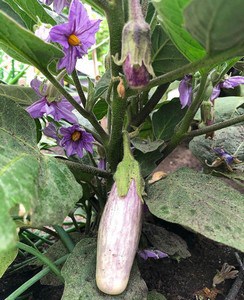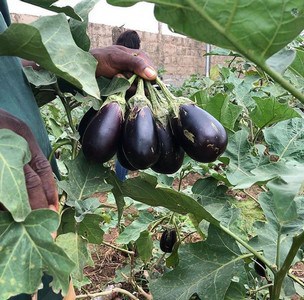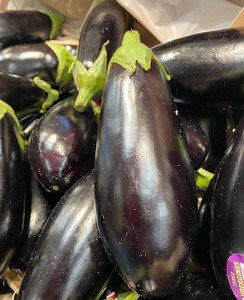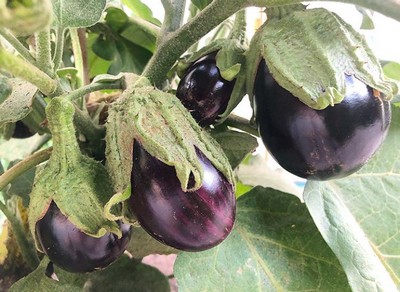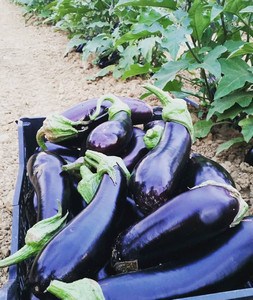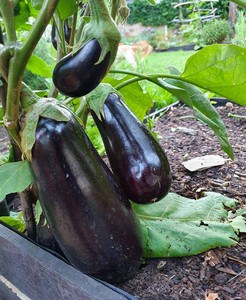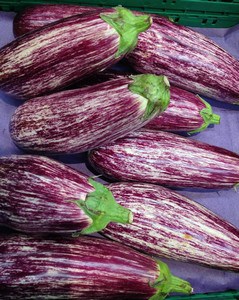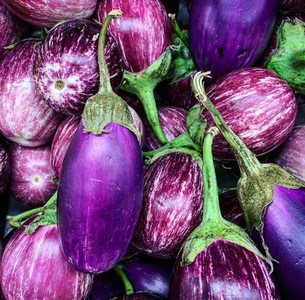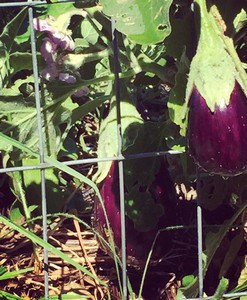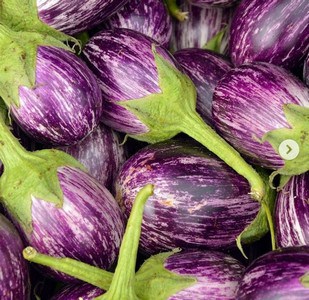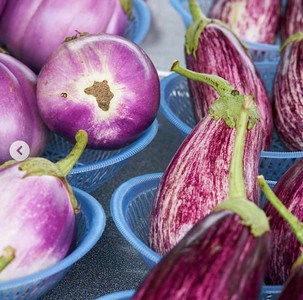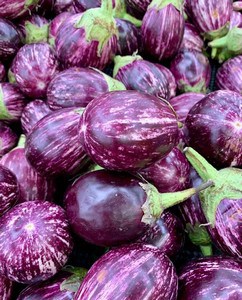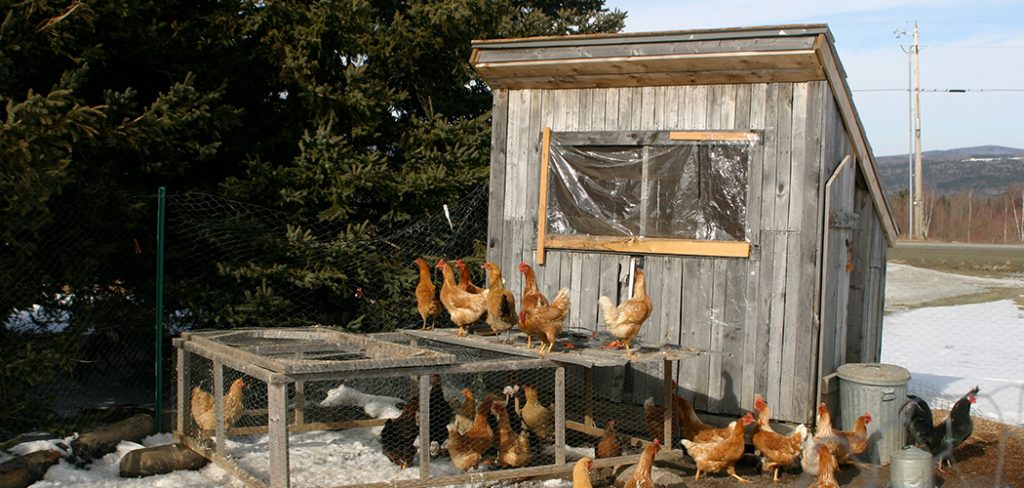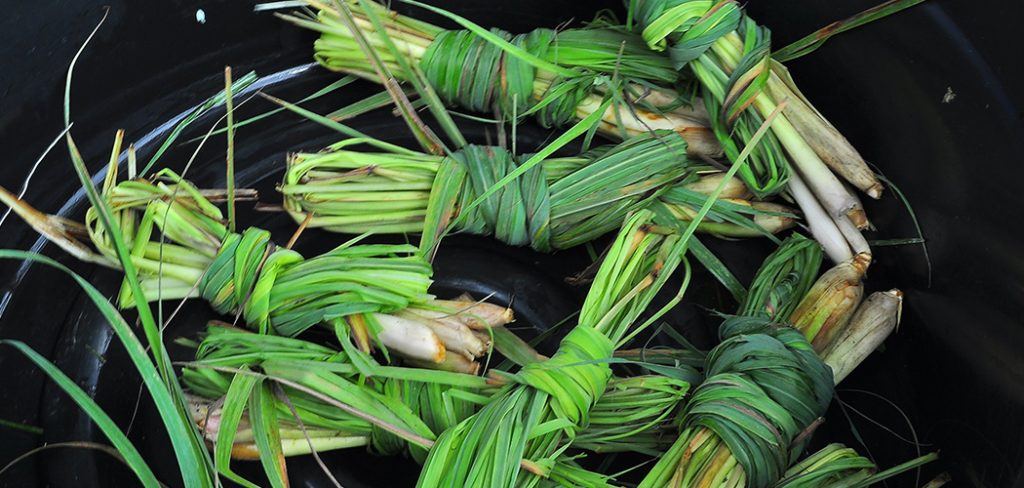Eggplants (botanical name, Solanum melongena), are a plant species in the nightshade family, Solanaceae grown and produced all over the world for its edible fruit. Although eggplants are commonly considered as vegetables, they are officially classified as berries. A classic eggplant is deep purple, but you can find eggplants in a variety of other colours. Growing eggplants in your backyard vegetable garden can be rewarding when the time for harvest comes.
You will enjoy them in soups and stews, plus they are also highly nutritious. Consuming eggplants has many health benefits, including a reduction in the risk of heart diseases, blood sugar control and weight control.
Eggplants thrive in warm conditions and grow best in sunny, well-drained areas, but even if you live in a place with lots of heat, they can prove to be quite tricky crops to cultivate and harvest.
To ensure your eggplants turn out fine, we have created this growing eggplants guide to assist you. Read on to learn how to successfully raise eggplants.
1. Choosing the right location for growing eggplants
Ideally, eggplants should be planted in an area that is rich in organic matter and is well-drained. They love hot conditions, hence ensure your chosen location receives lots of sunlight.
Work in compost or commercial organic mixes into the soil ahead of planting and then, turn the soil about 12 inches deep.
2. Planting eggplants
Before planting eggplant seeds, check the temperature of the soil. Make sure the soil is between 75 to 85 degrees Fahrenheit hot. Anything below or above that and your eggplants might not germinate. If you are transplanting seedlings, a soil temperature of 50 degrees Fahrenheit is acceptable.
If the soil is not hot enough, spread black plastic tarps over it to generate some heat. This should be done for a week.
To sow seeds, make holes that are about ¼ inches deep and 4 to 5 inches apart. Put two to three seeds in these holes and cover with soil. Transplants should be done with spacing of 24 to 36 inches, in rows that are at least, 24 inches apart.
To transplant eggplants, make holes twice the width of the root ball and half as deep, then moisten the hole. Add organic fertilizer coupled with organic compost at the bottom of the hole, then set the seedling in the hole. Fill and firm the hole around the root ball with soil and water the plant gently.
3. Maintenance and care
Eggplant seeds germinate early and within five days after planting, you will see results. Eggplants require moist soil for fast and healthy growth, hence ensure you don’t neglect the watering aspect. However, do not water your plants from the top as this might cause diseases. Instead, water around the root.
Pests are a source of concern for every eggplant farmer. Eggplants can be attacked by aphids, beetles, bugs, spider mites and tomato hornworms. To offer some protection, build little net structures over growing eggplants to keep out pests. You can also employ upside down planting to curb this pest menace.
To protect your plants from diseases, clean your garden regularly. Diseased plants should be removed immediately they are noticed to avoid the spread of such disease to other healthy plants.
Mulch the soil around eggplants to retain moisture content and hinder the growth of weeds. When temperatures exceed 100 degrees Fahrenheit, provide shade covering for your eggplants.
4. Harvesting
Eggplants that are ready for harvest will typically stop growing larger and display clear, glossy skin. To harvest eggplant, use shears or scissors as you might damage the plant if you try to pull the fruit off. Handle the plant with gloved hands, as the eggplant stem has prickles, which can irritate the skin.
5. Storage
Eggplants spoil easily, hence are difficult to store. Leaving them on the stalk also leads to a drastic loss in quality. Therefore, we would advise you to start picking eggplants for use from a young, tender age so that the last set of fruit will mature just in time to be used.
Check my post for a sustainable backyard farming.
